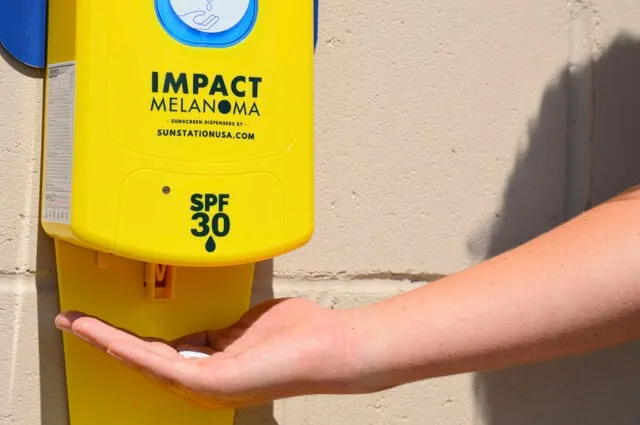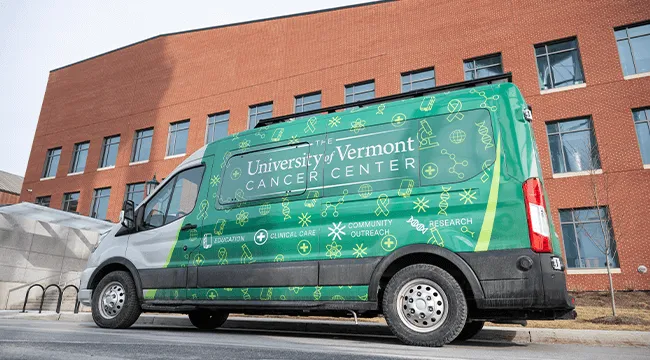It's Sun Safety Season: Protect Yourself Against Cancer-causing Sun Exposure
Summer is here, and with it, the promise of long days, warm weather, and ample sunshine. As you embrace all that summer has to offer, it's crucial to practice sun safety – that is, protecting yourself from the harmful rays of the sun’s ultraviolet (UV) radiation, which cause sunburns, skin cancer and premature aging.
“Being sun safe while you enjoy the great outdoors today is the gift you give yourself decades from now,” said Santana VanDyke, MD, a dermatologist with University of Vermont Health Network and assistant professor at UVM Robert Larner, MD College of Medicine. “Protecting yourself today goes a long way to decrease your risk for skin cancers like melanoma, which is deadly. This is especially true in Vermont, which has one of the highest melanoma rates in the country.”
The Truth About Sun Exposure
One of the many myths around sun exposure is the concept of a “base tan” that toughens skin and provides protection throughout the season. In fact, any tanning is a sign of skin damage and does not protect against sunburn. Other important truths to remember:
- One episode of sunburn, especially in childhood, doubles the lifetime risk of malignant melanoma, the most serious form of skin cancer.
- Water reflects up to 80% of the sun’s UV rays back to you.
- Up to 80% of the sun’s rays can penetrate clouds, meaning you can still damage your skin on a cloudy day.
- Exposing the eyes to too much sun over time can lead to cataracts.
You Can Be Outdoors and Still Be Sun Safe
Despite the risks of skin cancer, there’s no need to hide from the sunshine.
"We have a lot of power when it comes to skin cancer prevention – and it’s easy things that make a big difference,” said Dr. VanDyke.
Here are tips for enjoying the great outdoors without putting yourself in harm's way:
- Wear Sunscreen – Sunscreen is your first layer of defense against the sun’s damaging rays. Dermatologists recommend sunscreen with a sun protective factor (SPF) of 30 or greater. One ounce of sunscreen (about a shot glass full) will cover an average-size adult’s body. Reapply every two hours, or after you’ve been in the water.
- Cover Up – A wide-brimmed hat protects your face and eyes from the sun, while ultraviolet protective factor (UPF) clothing like sun shirts and bathing suits keeps cancer-causing rays at bay. Sunglasses also provide critical protection for your eyes, which leads to better eyesight later in life. Look for a pair with a UVA or UVB rating.
- Stay Indoors or Seek Shade During Peak Hours – The sun is at its most powerful between 10 a.m. to 2 p.m., so consider planning outdoor adventures outside that window. If you must be outside then, limit your time in direct sun or seek shade under a pop-up tent, umbrella, or tree.
UVM Cancer Center Takes Sun Safety on the Road
This summer, UVM Cancer Center will visit communities in Vermont and northern New York in its new Outreach and Education Van. Setting up at farmer’s markets, fairs, and sports events, Cancer Center staff will educate communities about skin cancer prevention and detection while distributing resources like sunscreen, hats, and SPF ChapStick.

